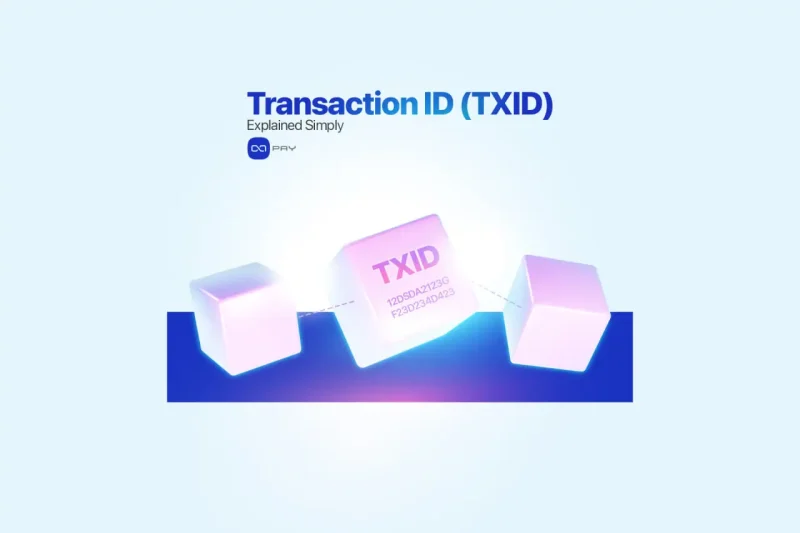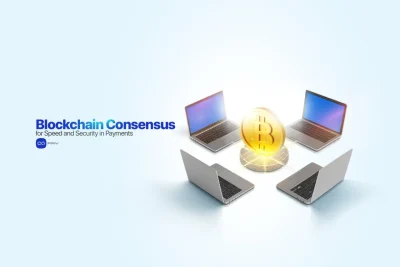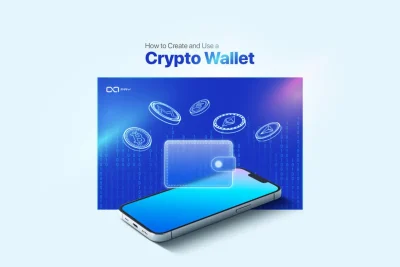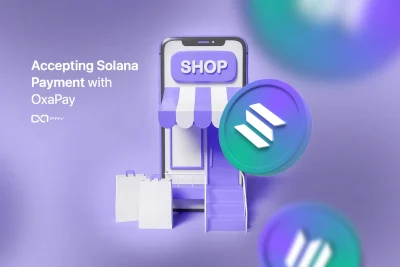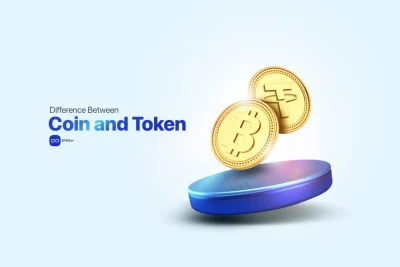Chaque paiement cryptographique Chaque transaction laisse une trace numérique appelée identifiant de transaction crypto (TXID). Pour les commerçants, ce code est bien plus qu'une simple suite de chiffres : il constitue la garantie de confiance qui atteste qu'un paiement a été effectué, confirmé et enregistré sur la blockchain. Que vous gériez une boutique en ligne ou traitiez un volume important de transactions, comprendre les TXID vous permet de résoudre les litiges plus rapidement, de suivre les paiements avec précision et d'assurer le bon déroulement de vos opérations. Ce guide vous explique ce qu'est un identifiant de transaction crypto, son importance et comment les commerçants peuvent l'utiliser pour optimiser leur processus de paiement.
Qu'est-ce qu'un ID de transaction crypto(TXID) ?
UN ID de transaction crypto, souvent abrégé en TXID, est une chaîne unique de lettres et de chiffres qui identifie une transaction de cryptomonnaie spécifique sur la blockchain.
À chaque transfert de fonds d'un portefeuille à un autre, la blockchain enregistre l'opération et l'identifiant de transaction (TXID) fait office de reçu numérique. Il permet à quiconque de suivre et de vérifier les détails de ce transfert, notamment :
- Les adresses d'envoi et de réception
- Le montant envoyé
- L'heure de la transaction
- Le nombre de confirmations
Sans l'identifiant de transaction (TXID), il serait impossible de distinguer facilement une transaction d'une autre.
Pourquoi un TXID est-il important ?
Pour les utilisateurs, l'identifiant de transaction crypto (TXID) atteste que leur paiement a bien été effectué. Pour les commerçants, il est essentiel pour confirmer la réception des fonds.
- TransparenceLes deux parties peuvent voir les mêmes informations sur la blockchain.
- Règlement des différendsSi un client affirme que son paiement n'a pas abouti, l'identifiant de transaction (TXID) peut être utilisé pour vérifier le statut.
- SuiviLes commerçants peuvent suivre le moment où une transaction reçoit suffisamment de confirmations pour être considérée comme définitive.
- AuditLes TXID fournissent un enregistrement immuable à des fins comptables et de conformité.
Autrement dit, le TXID n'est pas qu'un simple code technique, c'est un outil de confiance dans les paiements en cryptomonnaie.
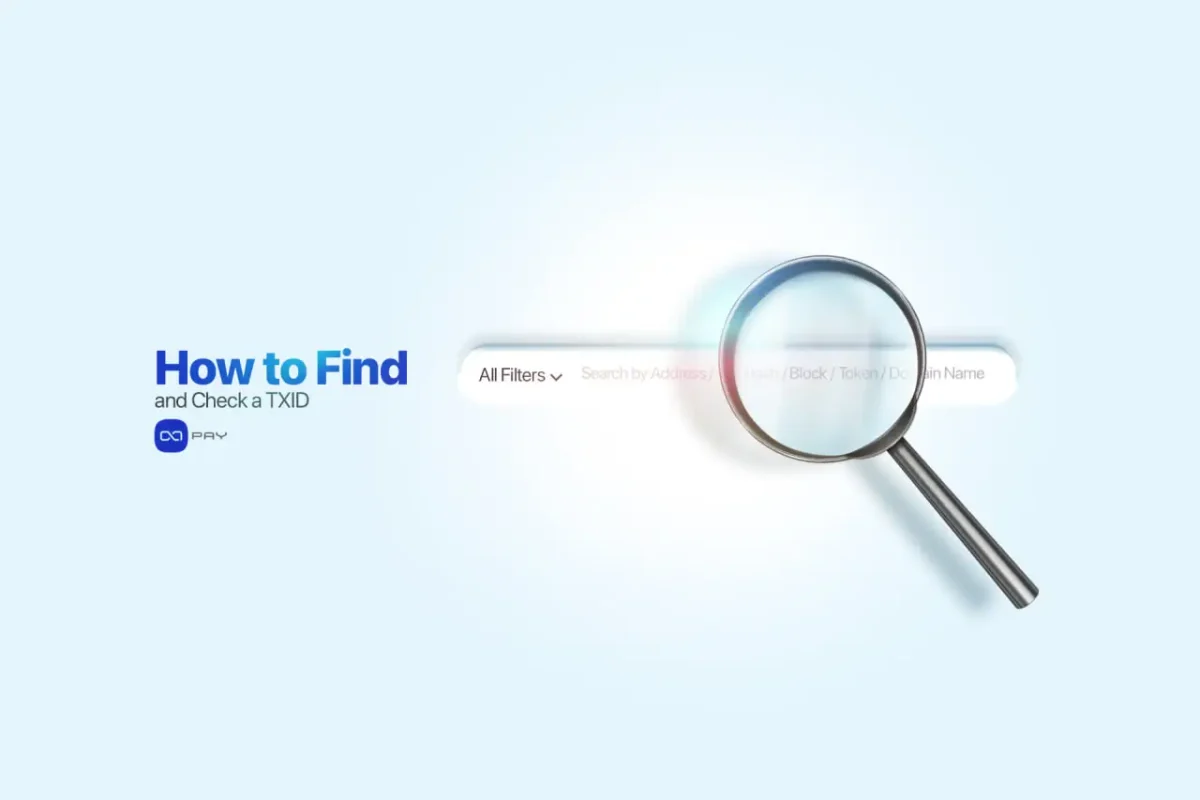
Comment trouver et vérifier un TXID
Le processus est simple :
- Dans le portefeuilleLa plupart des portefeuilles affichent automatiquement l'identifiant de transaction (TXID) une fois la transaction soumise.
- Dans l'explorateurCopiez l'identifiant de transaction (TXID) et collez-le dans un explorateur de blockchain (tel que Etherscan pour Ethereum ou Tronscan pour TRC-20).
- Vérifier les détailsL'explorateur affichera le statut (en attente, confirmé), la hauteur du bloc, le nombre de confirmations et les valeurs exactes.
Pour les commerçants, cela signifie qu'ils peuvent vérifier indépendamment si un paiement est effectué, retardé ou a échoué, sans se fier à la parole du client.
Problèmes courants liés aux TXID
Bien que les TXID soient simples, quelques difficultés surviennent souvent :
- En attente: UN ID de transaction crypto Elles peuvent exister, mais rester non confirmées en cas de forte congestion du réseau.
- Mauvais réseau: L'envoi de fonds sur la mauvaise blockchain (par exemple, ERC-20 au lieu de TRC-20) entraîne un TXID qui ne correspond pas à l'explorateur attendu.
- ID de transmission invalideIl arrive que les clients copient un code incorrect ou incomplet.
- Pièces de confidentialitéSur les réseaux comme Monero, les détails sont masqués pour des raisons de confidentialité ; les commerçants doivent donc utiliser des clés de visualisation au lieu des TXID pour une visibilité complète.
Meilleures pratiques pour les commerçants
Pour gérer efficacement les TXID, les commerçants doivent :
- Demander ID de transaction cryptode la part des clients pour le dépannage des retards de paiement.
- Vérifiez dans un navigateur fiable qui correspond à la cryptomonnaie et au réseau utilisés.
- Établir des politiques claires sur le nombre de confirmations requises avant la livraison des services ou des biens.
- Former les équipes de soutien afin qu'ils puissent guider les clients dans la fourniture du TXID correct.
En standardisant ces pratiques, les entreprises peuvent réduire les litiges, accélérer les délais de résolution et améliorer l'expérience de paiement.
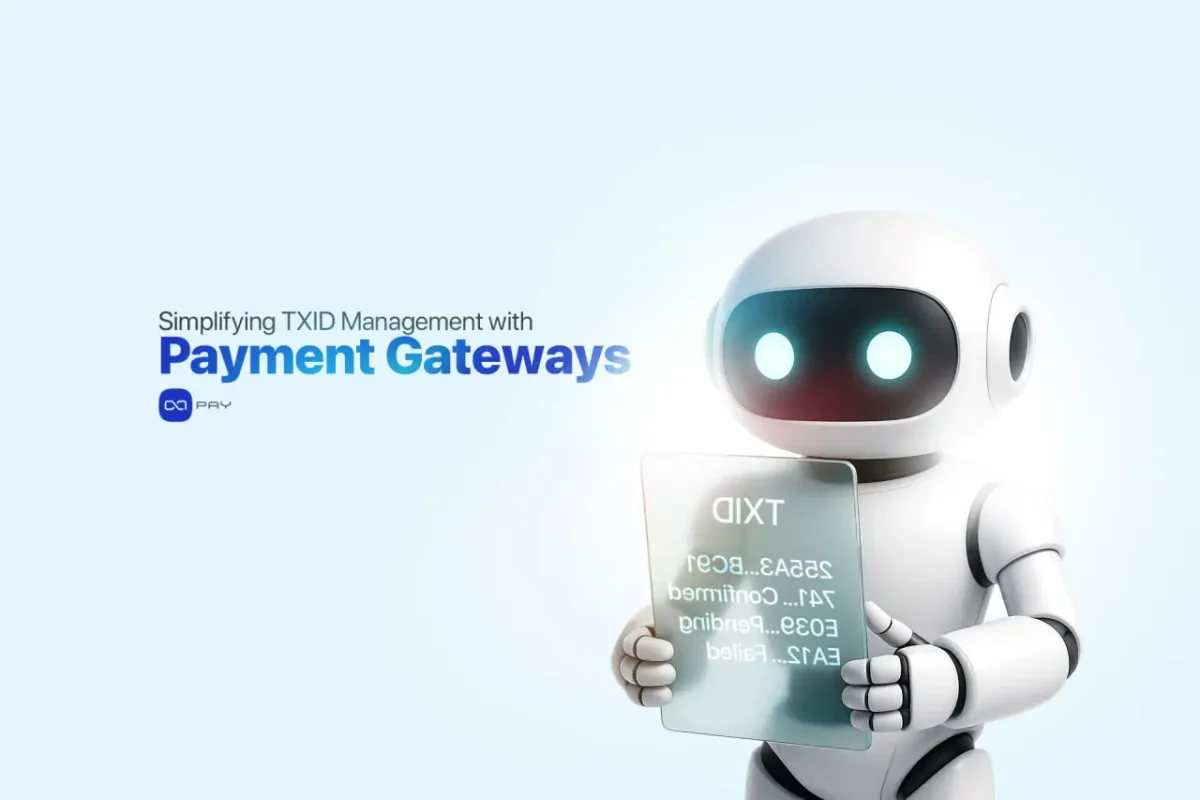
Simplifier la gestion des TXID grâce aux passerelles de paiement
Pour les commerçants, vérifier manuellement chaque identifiant de transaction en cryptomonnaie est inefficace et risqué. passerelle de paiement crypto professionnelle comme OxaPay rationalise ce processus en gérant automatiquement le suivi des TXID sur les blockchains prises en charge.
Les principaux avantages pour les commerçants sont les suivants :
- ✅ Mises à jour de statut en temps réel et enregistrements de confirmation.
- ✅ Consultez clairement les détails de paiement directement dans le tableau de bord.
- ✅ Réduction des erreurs humaines et traitement des commandes plus rapide.
- ✅ Rapprochement simplifié pour les équipes comptables.
- ✅ Confirmation instantanée qui renforce la confiance des clients.
Ces fonctionnalités font d'OxaPay une solution idéale pour une gestion fluide des paiements en cryptomonnaies. Avec OxaPay, les commerçants peuvent se concentrer sur leur activité tandis que le système se charge de la vérification des transactions en arrière-plan.
Conclusion : TXID comme preuve de confiance
L'identifiant de transaction crypto est une fonctionnalité simple mais puissante des paiements blockchain. Il sert à la fois de reçu, de code de suivi et d'outil de vérification. Pour les utilisateurs, il offre une garantie. Pour les commerçants, il assure des opérations fluides et des transactions sans litige.
👉 Si vous êtes prêt à accepter les paiements en cryptomonnaie dans votre entreprise, utilisez Passerelle de paiement crypto OxaPay. Avec OxaPay, vous pouvez accepter plusieurs cryptomonnaies facilement, en toute sécurité et à faibles frais, ce qui rend chaque transaction fluide pour vous et vos clients.
